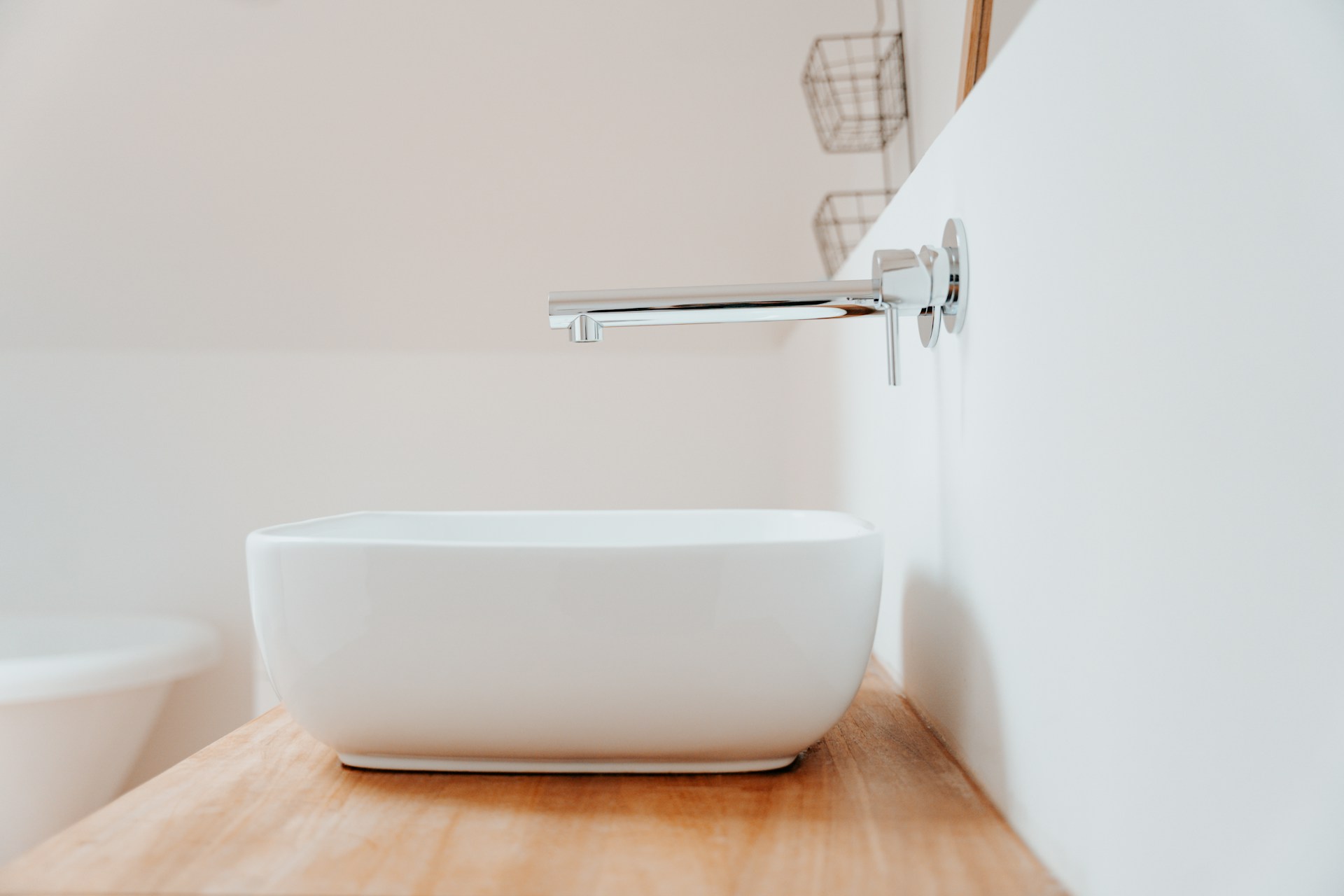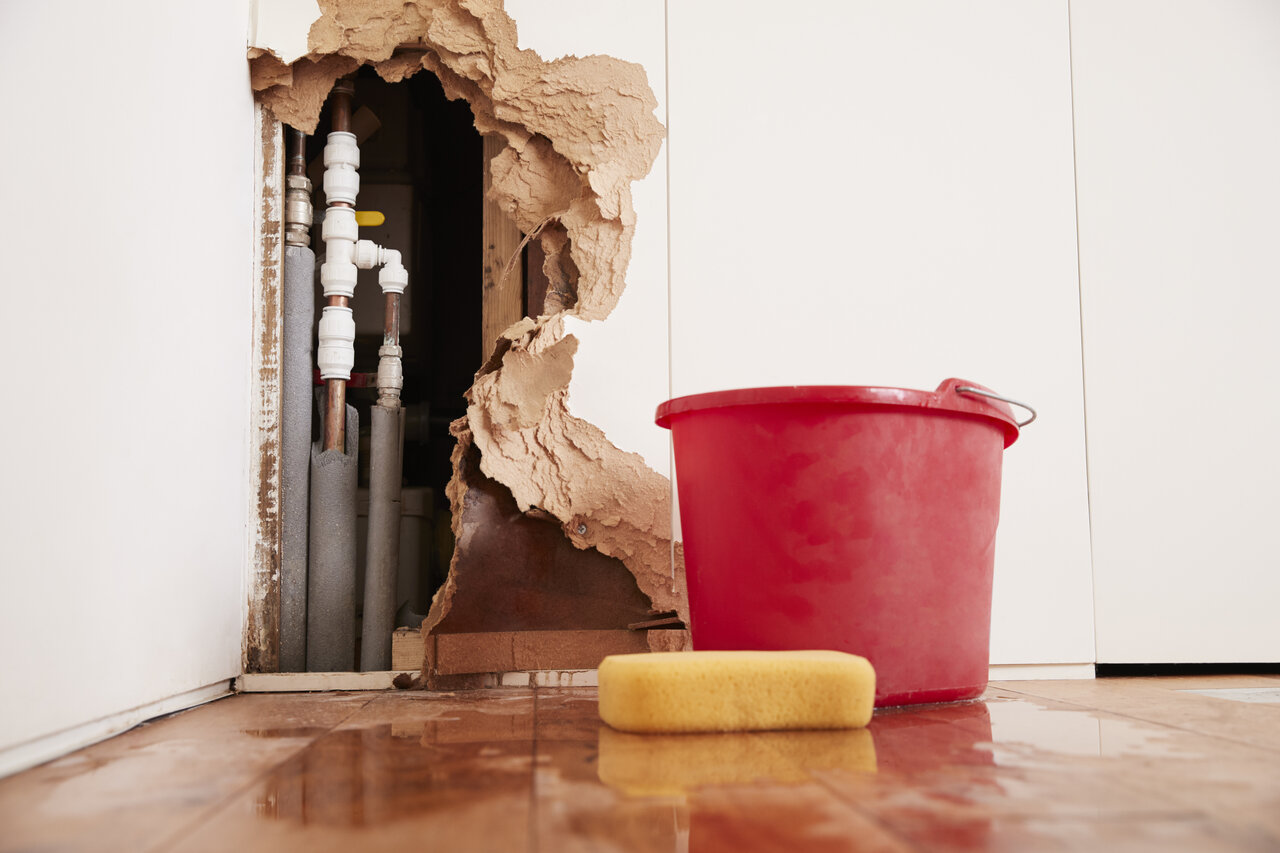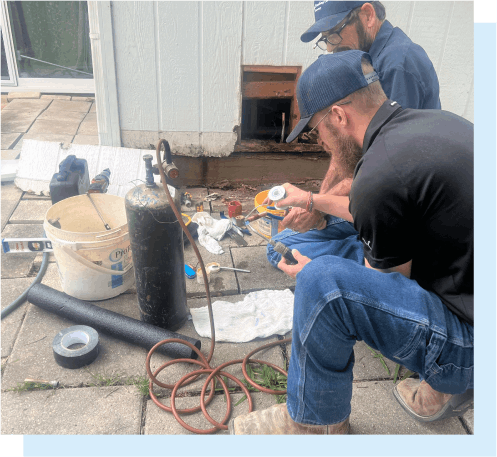Switching from a traditional tank water heater to a tankless water heater is a smart choice for many homeowners. Tankless water heaters provide hot water on demand, which means you won’t run out of hot water during a shower. They are also more energy-efficient than tank water heaters because they only heat water when you need it, saving you money on energy bills over time.
Upgrading to a tankless water heater can seem like a big task, but with the right information and a little preparation, it can be a straightforward process. From understanding the benefits to selecting the right model and knowing how to install it, this guide will walk you through each step.
Whether you’re looking to save space, save money, or just need a more reliable source of hot water, upgrading to a tankless water heater could be the solution you’ve been seeking. Let’s dive into the essential details you need to know to make this upgrade as smooth as possible.
Benefits of Upgrading to a Tankless Water Heater
Switching to a tankless water heater offers many benefits that make it an attractive option for homeowners. One of the main advantages is energy efficiency. Unlike traditional water heaters that continuously heat a large tank of water, tankless units heat water only when you need it. This on-demand functionality results in significant energy savings, which can lower your monthly utility bills. Another benefit is an unlimited supply of hot water. With a tankless water heater, you don’t have to worry about running out of hot water in the middle of a shower or when doing laundry. These units heat water as it flows through the system, providing a constant and reliable source of hot water whenever you need it. Tankless water heaters also save space. Traditional water heaters can be bulky and take up a lot of space in your basement or utility room. In contrast, tankless units are compact and can be mounted on a wall, freeing up valuable floor space. This gives you more room to store other items or use for other purposes. Additionally, tankless water heaters have a longer lifespan compared to traditional storage tank water heaters. They are built with high-quality materials and have fewer parts that can wear out over time. With proper maintenance, a tankless water heater can last up to 20 years or more, providing a long-term solution for your hot water needs.Choosing the Right Tankless Water Heater for Your Home
Selecting the right tankless water heater for your home involves several important factors. First, consider the size of your household and your water usage needs. Tankless water heaters are available in various sizes and capacities. For a larger household, you may need a unit with a higher flow rate to ensure it can meet the demand for hot water in multiple locations simultaneously. Another important factor is the fuel type. Tankless water heaters can be powered by natural gas, propane, or electricity. Gas-powered units typically offer higher flow rates and can be more efficient, but they require proper venting to prevent dangerous gas buildup. Electric models are easier to install and maintain, but they may have lower flow rates and higher operating costs depending on local electricity rates. You should also consider the climate where you live. In colder regions, the incoming water temperature is much lower, requiring more energy to heat it to the desired temperature. This means you may need a more powerful unit to achieve consistent hot water output. Budget is another consideration. While tankless water heaters generally have higher upfront costs compared to traditional tank models, the long-term savings on energy bills and the longer lifespan can make them a cost-effective choice. Look for models that offer a good balance of performance, efficiency, and price. Finally, check for any additional features that might benefit your home. Some units come with advanced controls, remote monitoring, and energy-saving modes that can add convenience and efficiency. By carefully evaluating these factors, you can choose the best tankless water heater that meets your household’s needs and provides reliable hot water for years to come.Step-by-Step Guide to Installing a Tankless Water Heater
Installing a tankless water heater involves several important steps to ensure it’s done correctly. Here’s a simple guide to help you get started:- Turn Off Utilities: Begin by turning off the main water supply and the power or gas supply to the current water heater. This is crucial for safety.
- Drain the Old Water Heater: Drain the water from your existing tank water heater. Attach a hose to the drain valve and direct it to a nearby drain or outside.
- Remove the Old Heater: Disconnect the water lines and gas or electric connections from the old water heater. Carefully remove the old unit and dispose of it properly.
- Install the Tankless Unit: Mount the tankless water heater on the wall according to the manufacturer’s instructions. Ensure it is securely fastened and that there is enough space around the unit for ventilation.
- Connect Water Lines: Attach the cold water inlet and hot water outlet pipes to the tankless unit. Make sure all connections are tight to prevent leaks.
- Connect Gas or Electric Lines: If you have a gas unit, connect the gas line and ensure proper venting. For electric units, connect the electrical wiring according to local codes and the manufacturer’s guidelines.
- Check Connections: Double-check all connections to make sure they are secure. This includes gas lines, water lines, and electrical connections.
- Turn On Utilities: Turn on the water supply and the power or gas supply to the new unit. Open the hot water tap to purge any air from the system.
- Test the Unit: Turn on the tankless water heater and check for proper operation. Ensure that hot water is being delivered throughout your home and that there are no leaks.
Maintaining and Troubleshooting Your Tankless Water Heater
Keeping your tankless water heater in good shape is essential for its efficiency and longevity. Here are some simple maintenance tips and troubleshooting steps to help you.Regular Maintenance:
- Flush the System: Flush your tankless water heater at least once a year to remove mineral buildup and sediment that can affect performance. Use a descaling solution and a pump to circulate it through the unit as per the manufacturer’s instructions.
- Clean the Filters: Check and clean the water and air filters regularly. Dirty filters can reduce efficiency and cause the unit to work harder than necessary.
- Inspect the Venting: Ensure that the venting system is free of obstructions and in good condition. Proper ventilation is important for gas units to prevent dangerous gas buildup.
- Check for Leaks: Periodically check all connections and fittings for leaks. Tighten any loose connections and replace any damaged parts promptly.
Troubleshooting Tips:
- No Hot Water: If you’re not getting hot water, check that the power or gas supply is on. Make sure the water supply is connected and that there are no blockages in the system.
- Fluctuating Water Temperature: If the water temperature is inconsistent, it may be due to mineral buildup or a dirty water filter. Flushing the system and cleaning the filters can often resolve this issue.
- Error Codes: Many tankless water heaters have digital displays that show error codes when something is wrong. Refer to the user manual to understand the error codes and follow the recommended troubleshooting steps.
- Low Water Pressure: If you experience low water pressure, check the inline water filter and clean it if necessary. Make sure there are no obstructions in the water lines.





